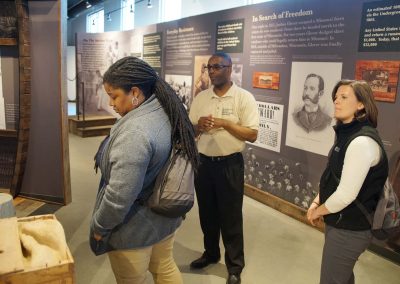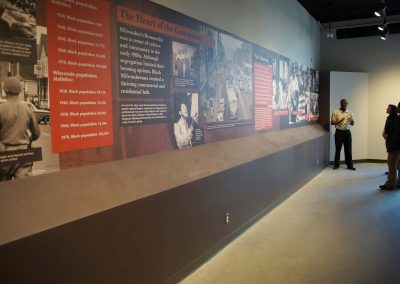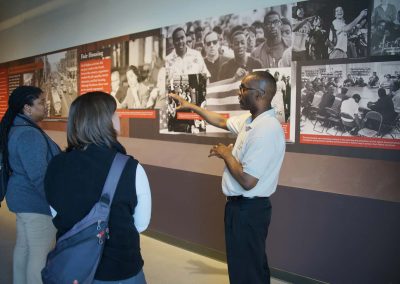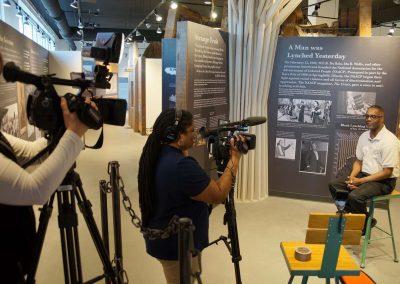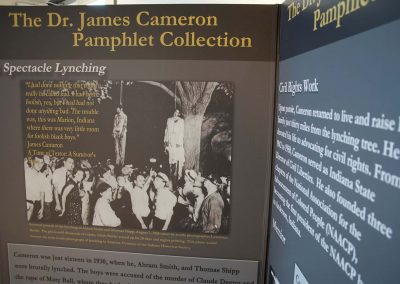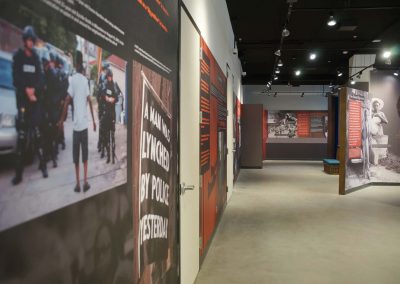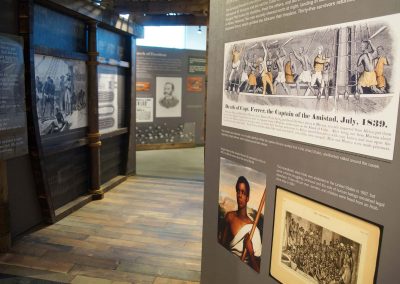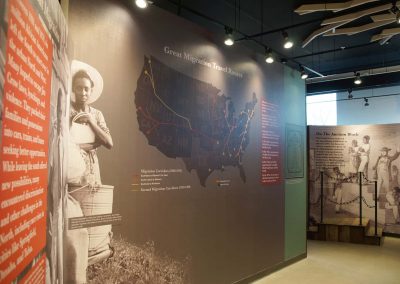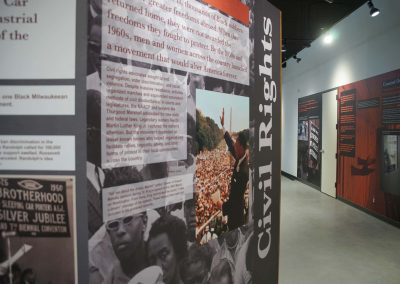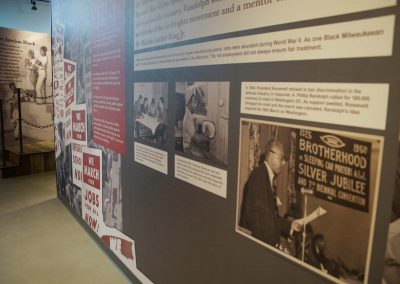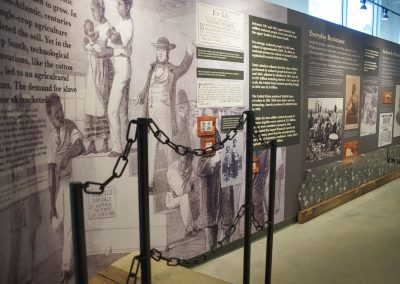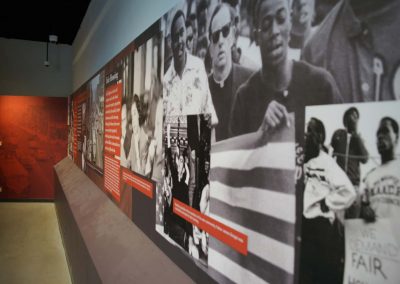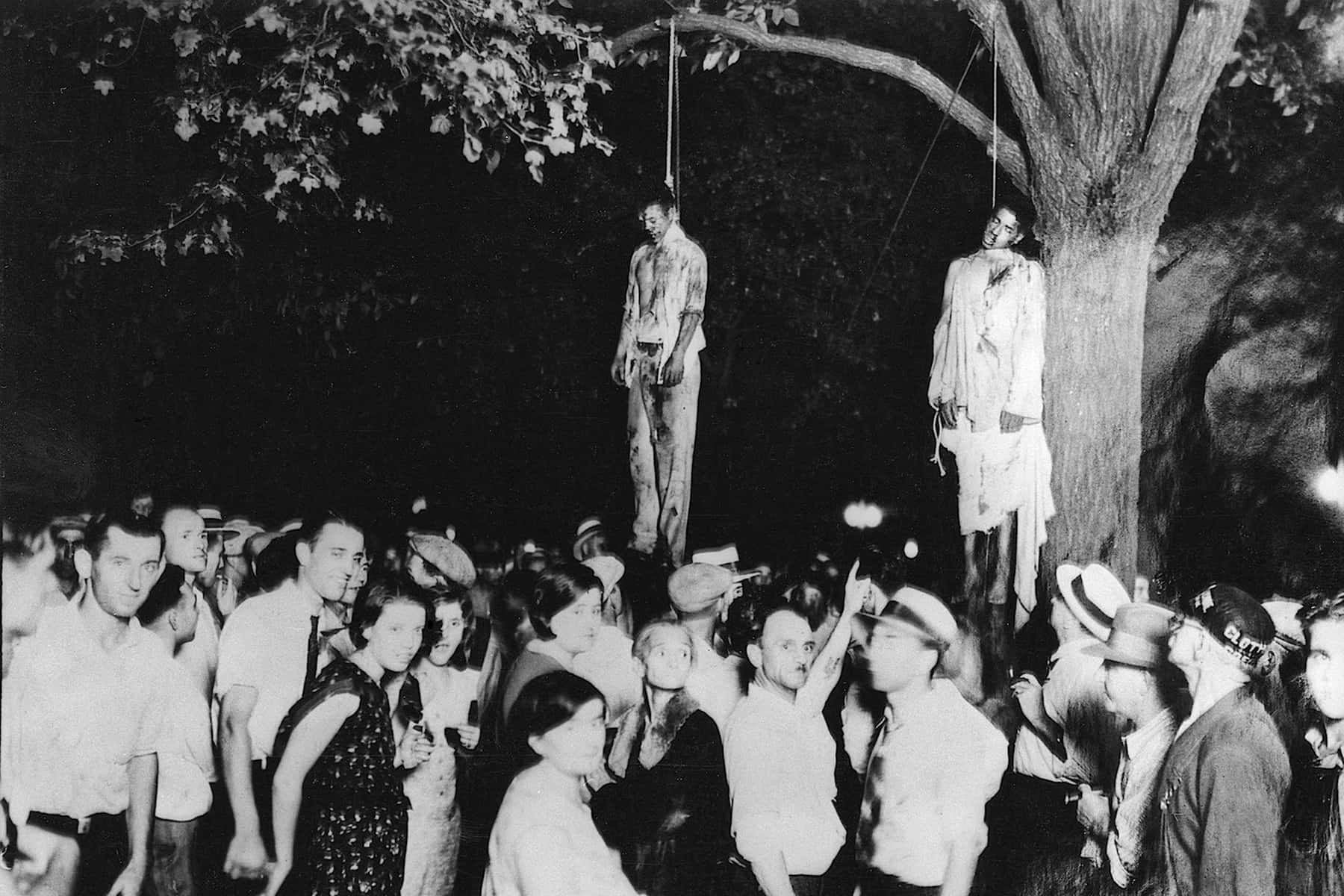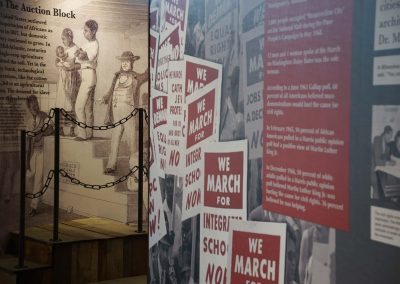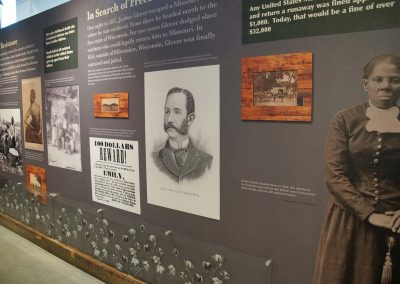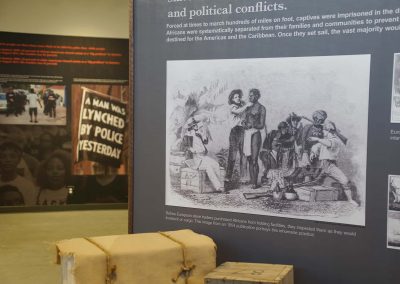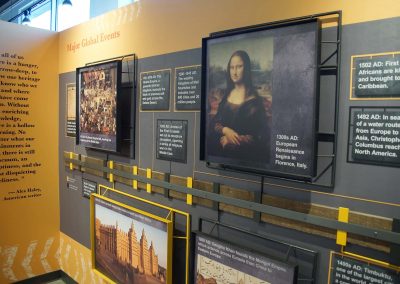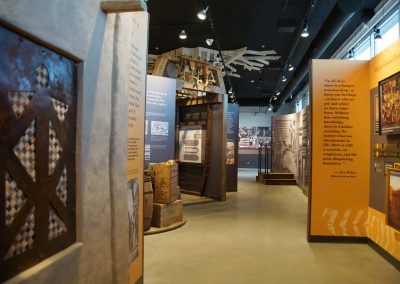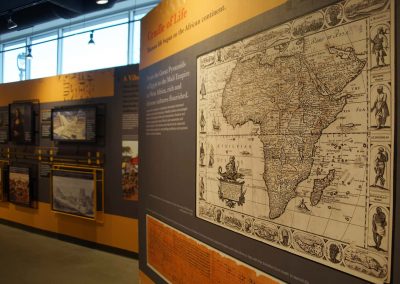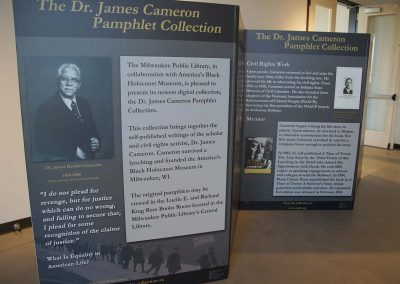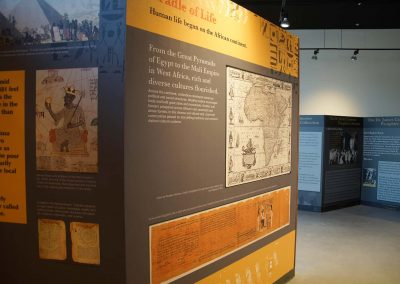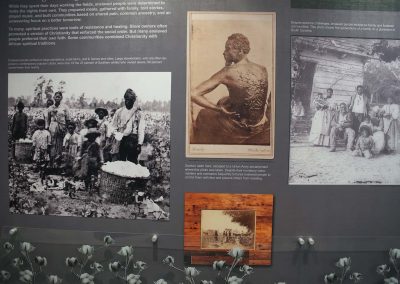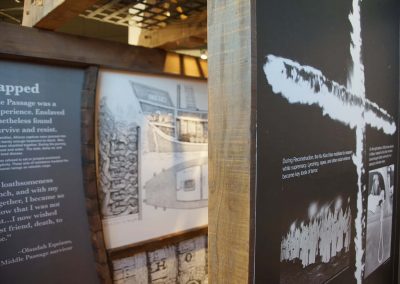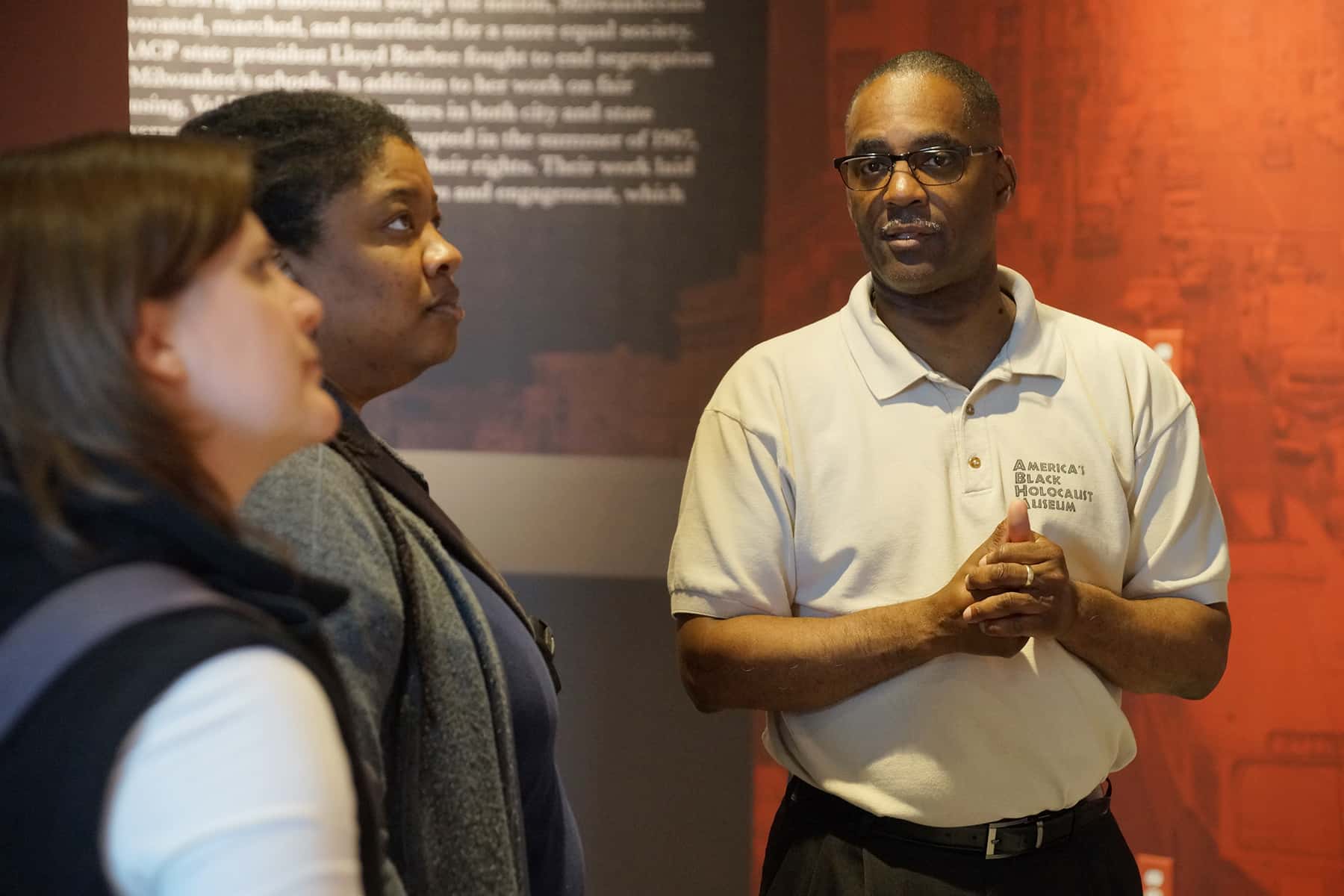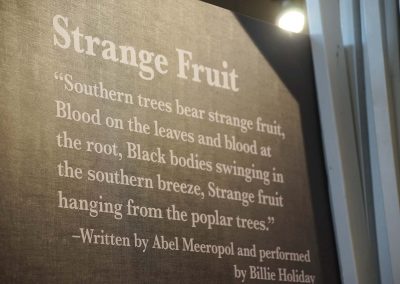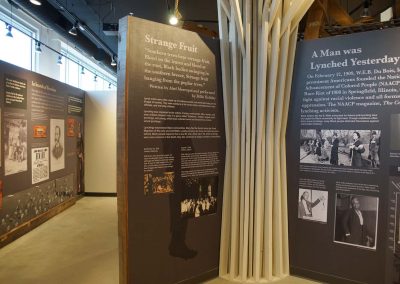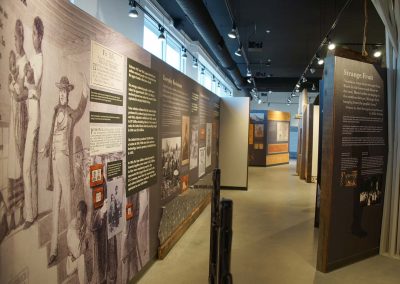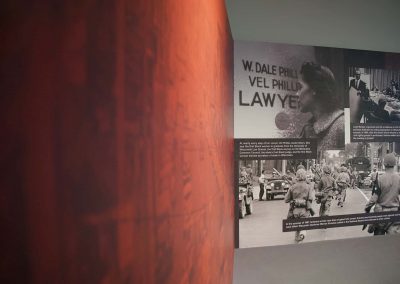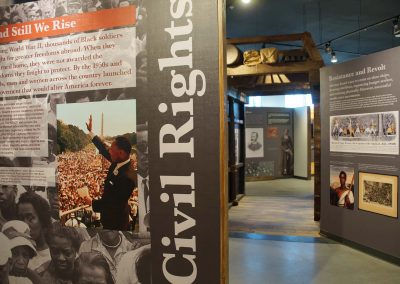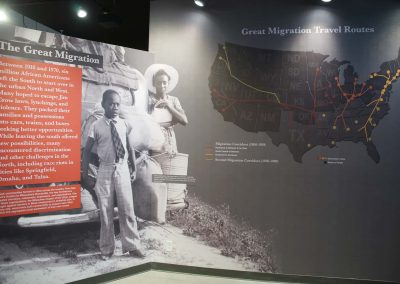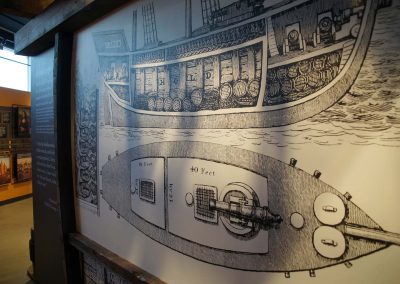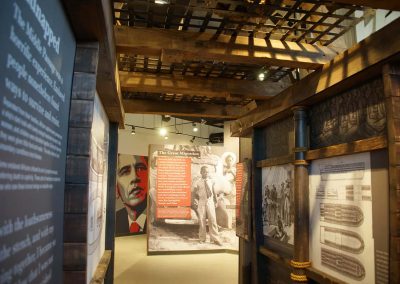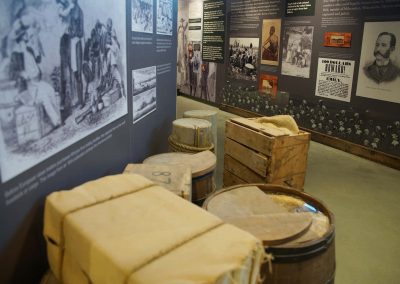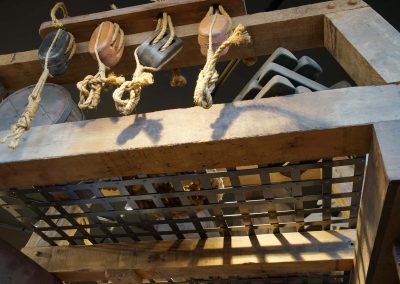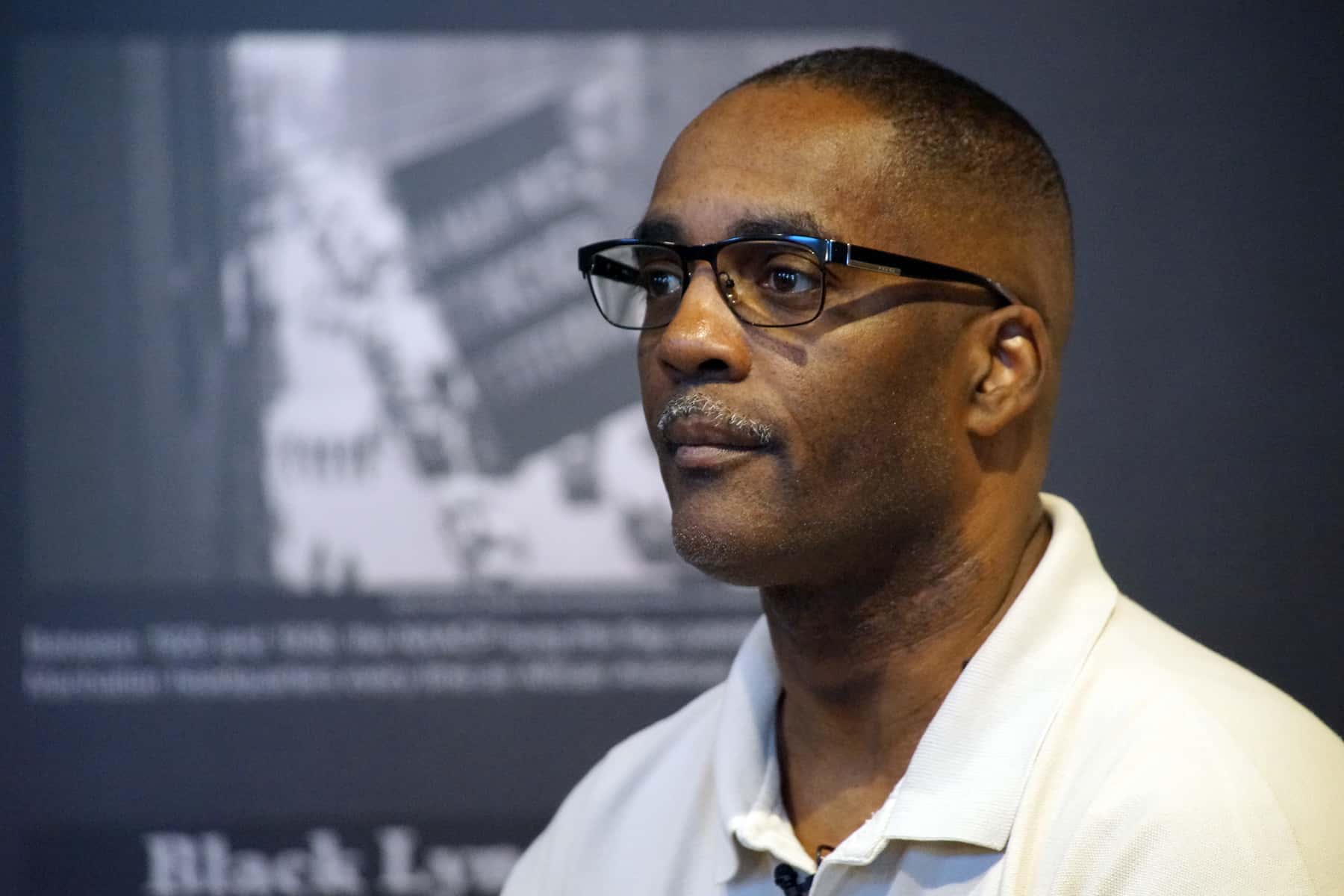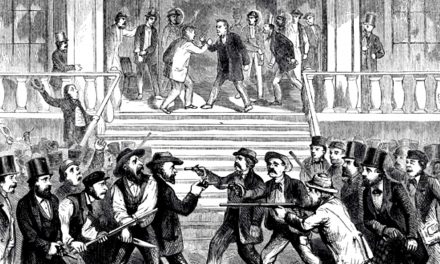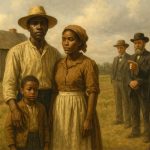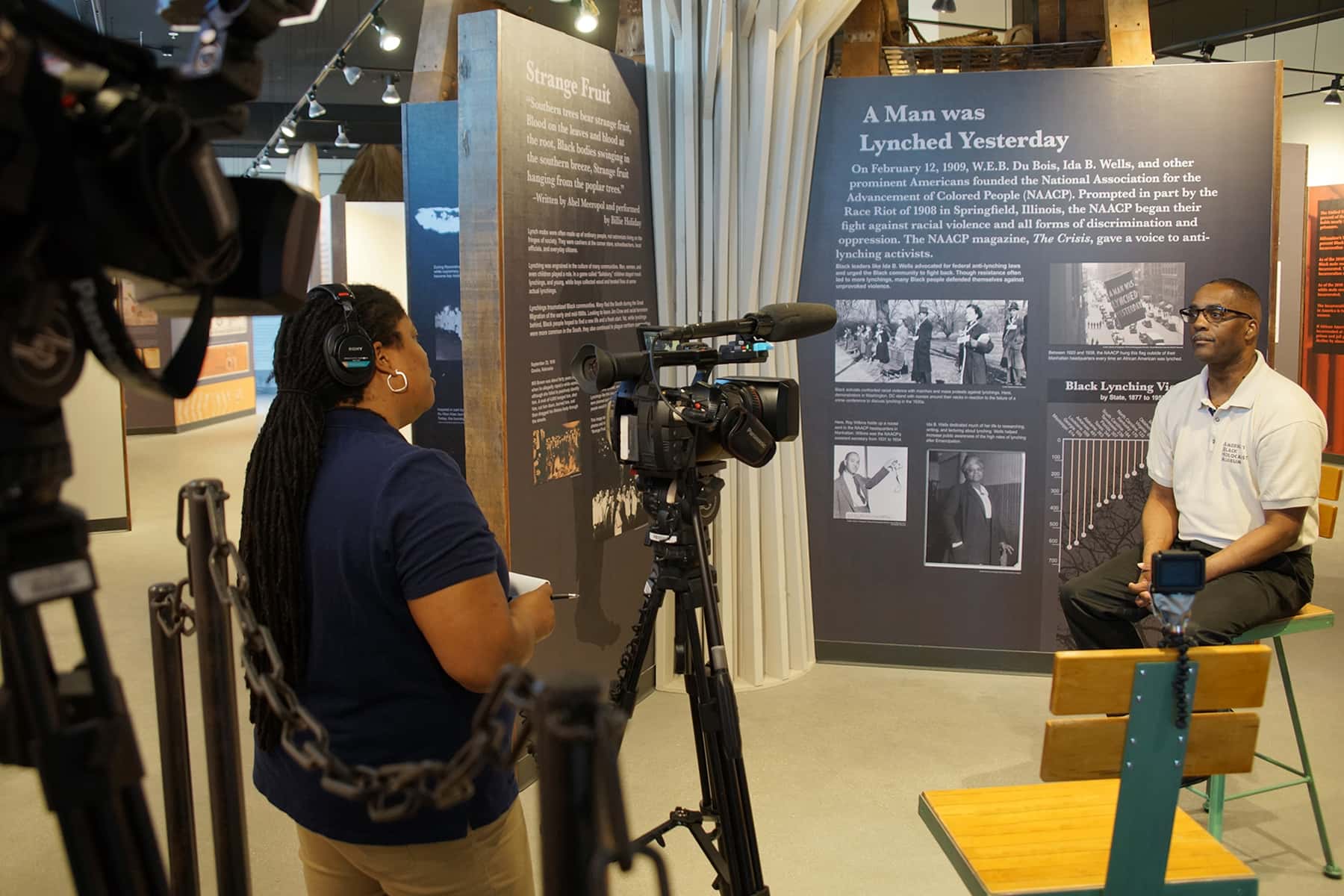
“For those of us who believe in God, no explanation is necessary. For those of us who don’t believe in God, no explanation is possible.” – James Cameron, on surviving a lynching
The most amazing man I ever met, lived the most incredible life imaginable. James Cameron was born in La Crosse, Wisconsin in 1914. He was forced to witness a lynching as a young child in Alabama. He survived a lynching in Indiana at age sixteen.
Later he became Director of Civil Liberties for the state of Indiana, and opened up three NAACP chapters in the most Ku Klux Klan heavy state in the country. In 1952 he moved his family to Milwaukee.
He fought police brutality in Milwaukee, penning several Op-Eds in our local newspapers as well as short pamphlets about the death of Earnest Lacy in police custody in 1981.
C-SPAN came to Milwaukee recently and interviewed me inside the new home of America’s Black Holocaust Museum (ABHM). They asked me to tell the harrowing tale of Dr. Cameron surviving a lynching in 1930. The story has many layers which people around the country should be familiar with. I shared what led up to the lynching as well as the details of the spectacle that occurred on a hot day in Marion, Indiana in 1930.
James Cameron is an iconic figure in Milwaukee, but should be a national civil rights figure. The image of the lynching he survived is the most famous of the dozens of historical lynching photos that the public has seen.
The image, taken by Lawrence Beitler, was sold by the thousands as a keepsake of the brutal lynching of Abram Smith, Thomas Shipp, and survivor James Cameron.
Abel Meeropol saw the image many years later and wrote a poem called “Bitter Fruit” in which he described the southern tradition of lynching blacks. He did not know that the image was one of many infamous Northern lynchings – not a Southern lynching – with “Black bodies swinging in the southern breeze, strange fruit hanging from the poplar trees.”
Eventually Meeropol turned the poem in to the song “Strange Fruit,” which Billy Holiday performed and made famous in 1939. Most people who have seen the photograph of the lynching in Marion, are unaware someone survived the event – attended by ten to fifteen thousand white spectators.
The photograph from Beitler has been used in several movies to show the brutality of what was once one of America’s favorite pastimes, the ritual murder of blacks. The movies never properly identify the location of the lynching as north-central Indiana.
I have a really strange attachment to the number 37 and lynching. I was born on the northern edge of the Mississippi Delta, 37 miles from Money, Mississippi where 14-year old Emmett Till was lynched in 1955 after being falsely accused of whistling at a white woman. I was born 37 days shy of the tenth anniversary of Till’s murder. In the year I turned 37, I became a volunteer at America’s Black Holocaust Museum, starting my relationship with friend and mentor James Cameron.
I do not fully understand how this number 37 keeps following me, but I know that if you double it to 74, that is how old Dr. Cameron was when he first opened America’s Black Holocaust Museum.
I loved and admired Dr. Cameron, and was fortunate enough to know this amazing man as more than just a lynching survivor and museum founder. He was genuinely the most loving and passionate person I have ever known.
He loved his wife Virginia, their children, and all of the grandchildren and great-grandchildren. Dr. Cameron was a people person. His passion was to build a loving community by sharing the tragedies suffered by black people in America as a way to begin the process of healing our racial ills. That was one of the many things that makes him unique.
He was America’s only lynching survivor who had the courage to interview witnesses and write a book about that terrible crime. Milwaukee – and all of America – should know and celebrate his brilliant life story, as we do other historical Civil Rights leaders who were forces for positive change.
© Photo
Lee Matz

